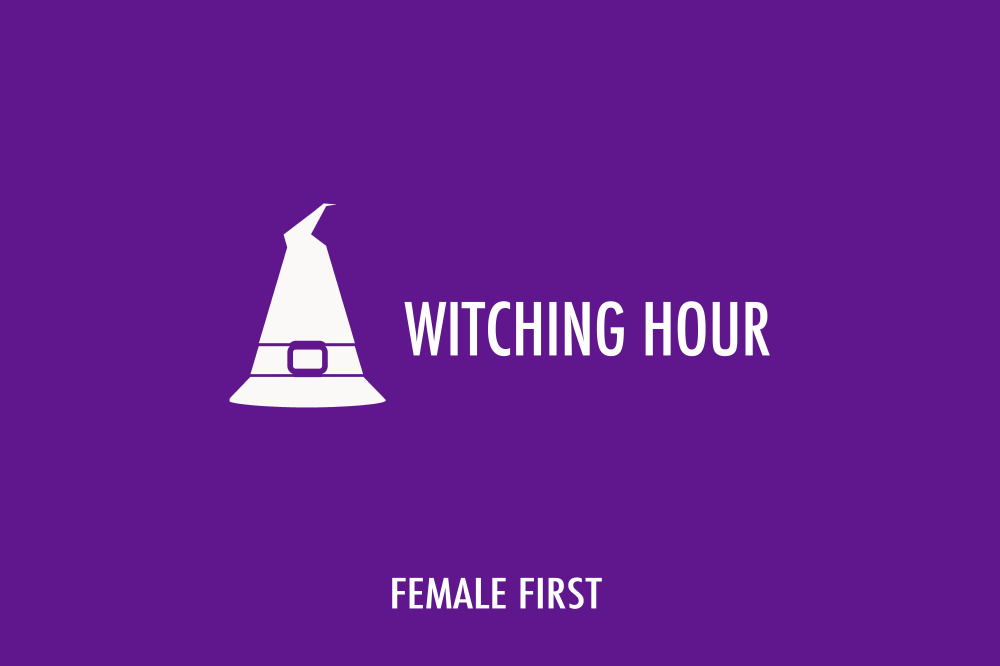It's the most wonderful time of the year and a time where everyone can enjoy some much needed revelry. People always talk about the "meaning of Christmas"; to some it's spending time with loved ones and giving to the needy, to others it's about the birth of Christ. To Pagans, it's actually Yule, and most of the things you associate with this time of year are pulled entirely from their culture. We're not mad about it, but we just want you to know which bits of your Christmas come from the Old Religion.

1. Christmas trees
Bringing an evergreen conifer into the home is a tradition that first arose in Northern Europe. It marks a huge part of Pagan culture; this idea of reminding ourselves that while Winter represents the death of vegetation, there are still signs of life in the form of Winter greenery like conifers, holly and mistletoe which show that the universe is in a constant cycle of life, death and re-birth.
2. Santa Claus
While most accept that the origin of Santa Claus comes from the Christian bishop Saint Nicholas, there's an argument to be had that he is actually rooted in Norse legend relating to Odin - and it's nut just because of the beard. The idea of Santa flying on his reindeer-drawn sleigh is linked to Odin leading a ghostly cavalcade in the sky known as the Wild Hunt. Odin is also referred to as Jólfaor, or Yule Father, and was believed to punish those who had been bad and reward those he favoured. He also allegedly had a team of dwarves and elves who made gifts and magical objects, such as Thor's hammer, known as Odin's men.
3. The Nativity
If you think the birth of the Son of God was the one thing you could count on to be truly Christian, you'd be wrong. In Pagan tradition, Yule celebrates the birth of the Sun-God to the Earth Mother. In the traditional Wheel of the Year, he is born in Midwinter and sacrifices himself in August at Lammas or Lughnasadh to release the last of his energy into the crops for the first harvest. Even the Virgin Mary was sometimes referred to as Queen of Heaven, which is synonymous with many Pagan goddesses.
4. The Yule Log
Whether you eat it in chocolate form or literally place a log in the fireplace, the Yule Log most likely stems from Germanic paganism. One interpretation of this practice is that it represents the return of the sun as Winter reaches it's peak and begins to give way to Spring. The fact that it's called a "Yule Log" is telling enough in that the term "Yule" is used interchangeably with the Winter Solstice in most Pagan traditions.
5. Midwinter
The truth surrounding the date of the birth of Christ has been contested a lot over the centuries. The Bible doesn't say he was born on December 25th, and it seems that this date may have been selected for the celebration of Christmas because this time of year was already popular with people celebrating Pagan festivals like the Winter Solstice and Saturnalia. It's suggested that it was more likely that Jesus was born in the Summer or the Autumn due to the fact that, among other meteorological reasons, shepherds were watching their flocks in the fields at night rather than sheltering the livestock, as would be the preferred option on a cold and wet December night in Judea.
6. Roast beast
Why is eating an enormous feast such a big Christmas tradition? It has also been a Winter Solstice tradition to eat, drink and be merry and in a great many traditions an important part of that was the sacrificial meat which was to be shared among guests during the celebrations - whether it was the Germanic Sonargöltr or Yule boar, or the Swedish Christmas ham.
7. Mistletoe
Most associated with romance and kissing, the significance of mistletoe at this time of year doesn't get any more innocent the further you go back. Traditionally, the white berries were a symbol of male fertility and semen, while also a representation of love and peace during the Roman Saturnalia festival. Fertility is a strong theme in all Pagan festivals, but when sexual freedom was demonised by the Church, it eventually just turned into a symbol of protection against witches and demons, and a plant under would you could share an innocent smooch.
Tagged in Christmas Santa Witch witchcraft

